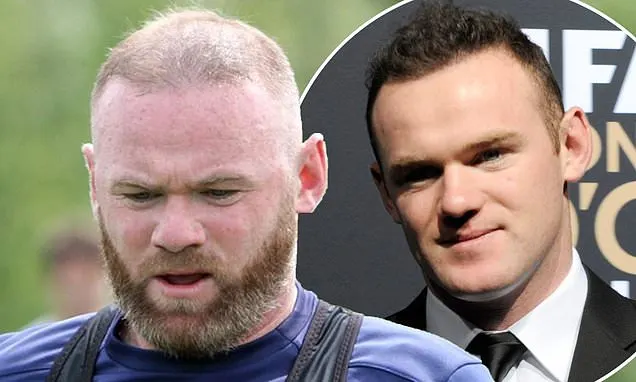Does Hair Transplant Surgery Hurt?
Does Hair Transplant Surgery Hurt? Whenever we have to undergo surgery our biggest concern is a hair transplant, Hurt? The same is the concern of the people who come to get a hair transplant. It is because hair restoration is a surgical procedure therefore people expect it to be quite painful.
Most patients with low pain tolerance often avoid getting a hair transplant thinking they do not have the nerve to withstand the pain. However, the reality is quite the opposite, the hair transplant may or may not be as painful and scary as you think. If you are planning to get a hair transplant, here is what you need to know about the pain.

Is Hair Transplant Surgery Painful?
Surprisingly, hair transplant surgery is not painful. Most patients come with lots of fears and confusion. However, they get out with a smile and report the surgery to be a pleasant experience. The whole credit goes to the local anesthesia, otherwise, the surgery would have been quite painful.
It is important to understand that the hair follicles are picked from the donor area, and transferred to the bald patch. Before picking and transferring the hair follicles to the bald area, the patient is treated with local anesthesia. The medicine is injected using a microneedle which causes less pain than a regular injection and the medicine numbs the area within a few minutes. That’s the only pain you would feel during both sessions as once the area gets numb, you don’t even feel any discomfort at all.
So, it has become clear now that the whole surgery is not painful at all. I bet most of you now have been thinking about the aftermath, right? Since local anesthesia can only prevent pain for up to a few hours, would the patient feel any pain once the local anesthesia wears off? The answer is no, there would not be any unbearable pain. However, I would be lying if I say there would not be any pain after surgery as well.
The truth is for some people there is mild pain and for a few, there is discomfort because of the tightness of the scalp. Again, the experience is different because our pain tolerance is also not the same. The discomfort (as most people report it) lasts about a week. The first 24 hours are usually a bit more discomfort able. However, as time passes it becomes less and less discomfort able or painful.

Can anything be done to minimize the pain or discomfort after hair transplant surgery?
- Take medications – Since the first 24 hours are a bit crucial and somewhat painful, medicines such as ibuprofen or paracetamol can be taken. It assists in minimizing discomfort.
- Avoid scratching and touching – After hair transplant surgery, the scalp is usually pretty tight. Most people often feel the need to scratch the recently treated area. Scratching and excessive touching only worsen the pain. Therefore, no matter how tempting it appears, you have to avoid scratching the area for some days.
- Limit the exposure to the sun – Since the scalp is sensitive, exposure to the sun can also worsen the pain and cause irritation. If not longer, avoid going out in the sun for a few days.
- Use clean pillowcases – Dirty pillowcases can play a major role in causing pain and sometimes even infection. Use freshly washed pillowcases to keep the pain minimal and speed up the healing process.
- Follow the instructions – After hair transplant surgery, you are often sent home with a lot of special instructions. Follow these instructions to keep the pain or discomfort minimal.
- Go for a regular checkup – Last but not least, one more thing that you can do to make the healing least painful is go for a regular checkup. The doctor will examine your condition and give you some valuable suggestions.
Summary
Hair transplant surgery is not painful at all. It is because, at the time of extraction and the implantation of the hair follicles, local anesthesia is injected. It numbs the area and the patient does not feel any pain at all. But the 24 hours post-hair transplant can be slightly painful or discomfort able.
However, it is bearable and to a great extent minimizable as well. You can take medication, use clean pillowcases, apply ointment, and avoid sun exposure, scratching, and touching the area to keep the pain minimal and speed up the healing process.







